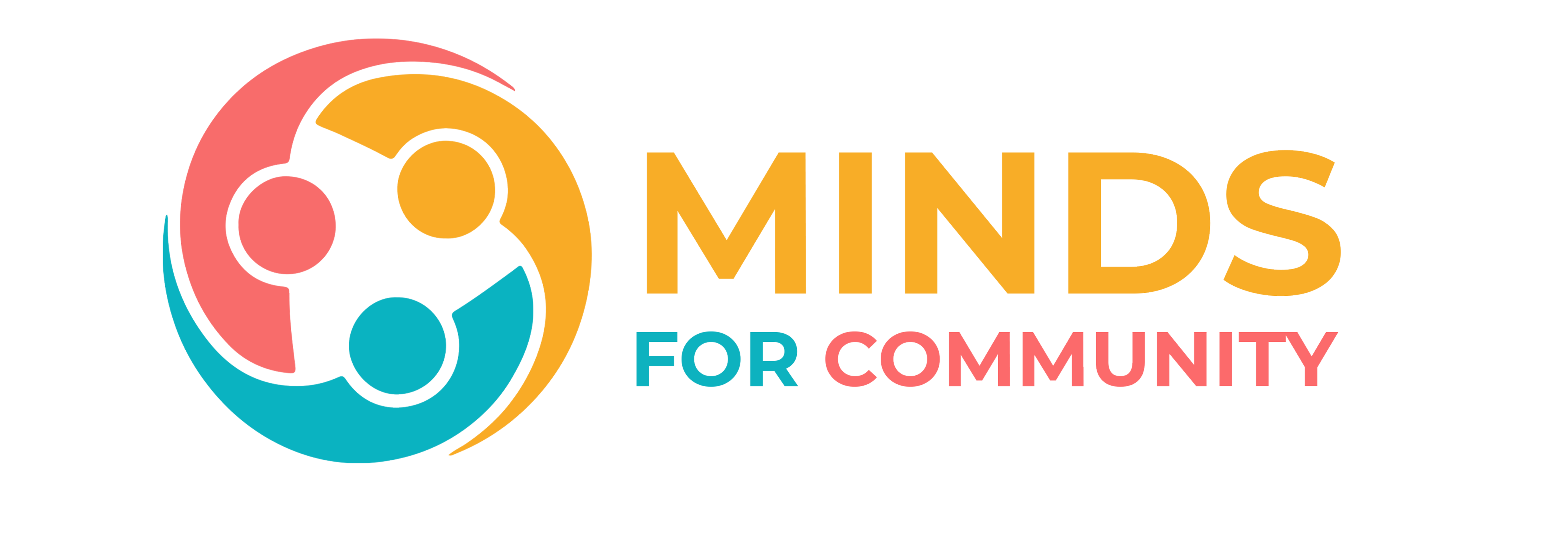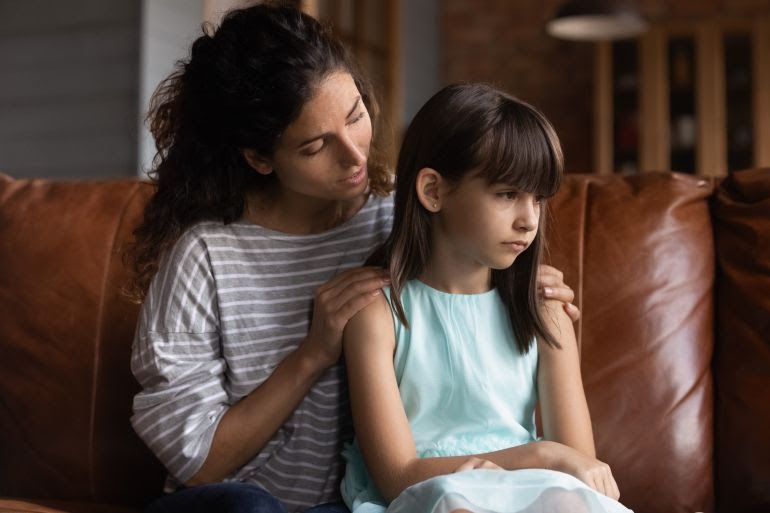Infants and young children are very helpless and depend on their families and guardians to feel safe and secure. They need emotional care, through friendly and reassuring interactions, and help with coping in a continuous and consistent way. This is how the development and growth of infants and young children occurs.
During the first months and years, children are very sensitive to:
- Problems affecting their parents or main carers, which may include fear, sadness or fatigue
- Separation from their parents or primary caregiver – for example, absence due to injury or other trauma-related factors. This can have a dual effect: the distress of separation itself and the insecurity of having to act in the absence of the safety, understanding and care provided by their carers. Both can slow recovery and increase the impact of trauma
- What’s happening at home – Infants and young children are affected by noise, distress or a very mixed up routine where they are not sure what will happen next
- Disrupted development of a bond or close relationship with their parents or lack of parental understanding – trauma can sometimes get in the way and make forming this bond more difficult.
- If any of these things happen, it is important to consider the impact on the child. If the family or primary caregiver is affected, the child is likely to be affected as well.
Common reactions to trauma in infants and young children
When babies or young children are exposed to life-threatening or traumatic events, they become extremely afraid – just like everyone else. Some common reactions may include:
- Unusually high levels of distress when separated from their parents or primary caregiver
- A sort of ‘frozen wake’ – the child may have a ‘shocked’ look
- Showing feelings of numbness, not showing their emotions, or appearing a little “detached” from what is happening around them
- Loss of playful behavior and “playful” smiling
- Loss of eating skills
- Avoid eye contact
- Unsteadiness and greater difficulty calming down
- Decline in their physical skills such as sitting, crawling, or walking and appearing clumsy.






